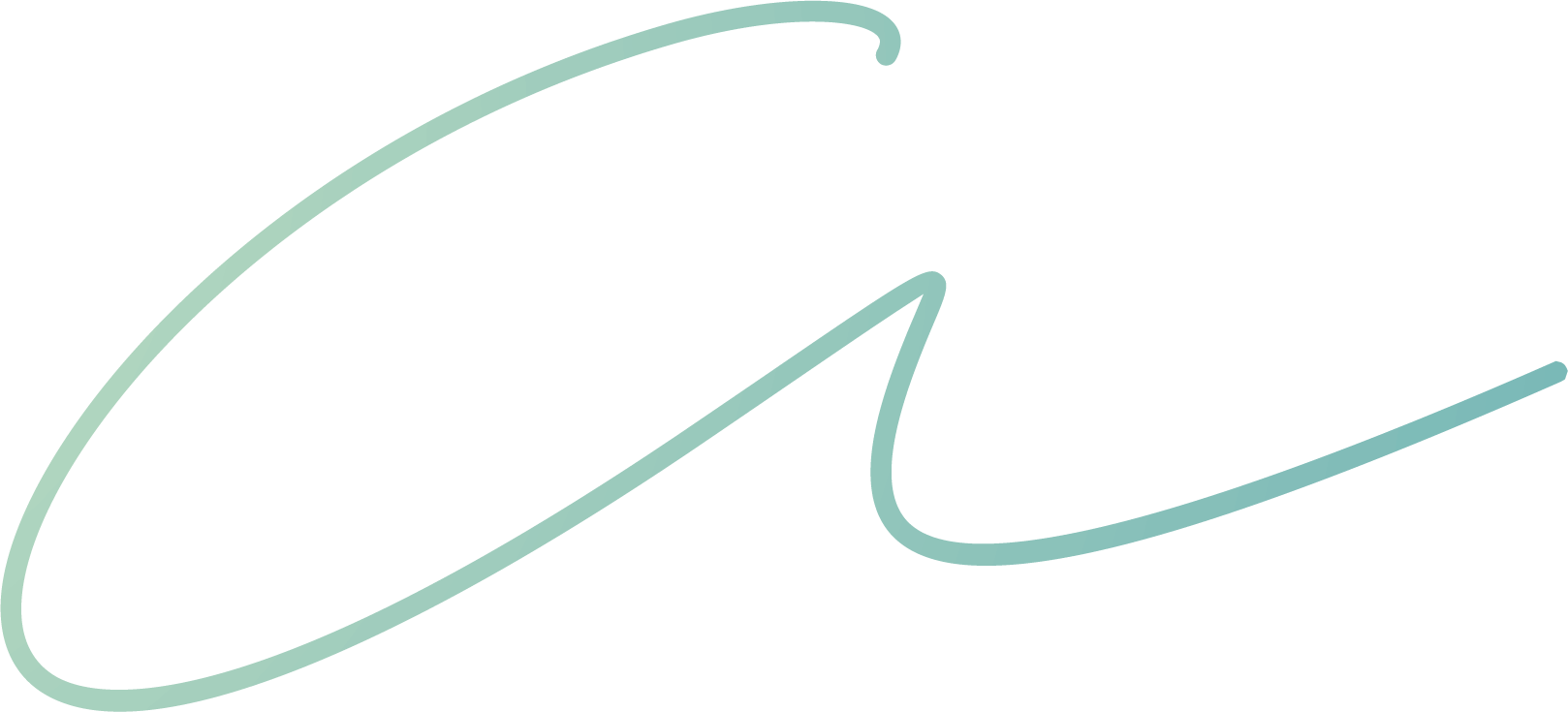Deviated Septum Surgery – Troy and Bloomfield

Nose Breathing Relief
Breathing through the nose should be easy and natural. Difficulty breathing through the nose is a common problem that is effectively corrected with a routine outpatient surgery.
You don’t have to be a mouth breather anymore! Dr. Compton can make that happen for you.
BREATHE EASY
What is a deviated septum?
The septum is the central strut of cartilage and bone that is between the nostrils and divides the two sides of the nose like a wall divides rooms in a house. It should run straight back from between the nostrils deep into the internal part of the nose. It extends all the way back in the nose to where your hard palate ends in your mouth. When it is bent or buckles into one side, or is crowding one side, it has deviated from straight, thus a “deviated septum”.
Why is a deviated septum a problem?
Simply put, the deviated septum creates increased resistance to nasal airflow which slows and restricts the amount of air that is able to travel into the lungs. The primary reason for this is an increased turbulence of the airflow. Turbulence occurs if there is too much or too little space for the air to move through, or because there is a large spur (piece of cartilage or bone) sticking out into the airflow. Turbulence slows down airflow and increases the amount of energy needed to breathe it in. Straightening the septum can return the airflow to a smooth, laminar pattern (opposite of turbulent) from the front to the back and equal on both sides. This is why straightening the septum improves the amount of air you can breathe in without actually increasing the size of air passages.
What does a septum do?
The septum is the central support of the outside part of the nose and the tip. It is needed for structural support like a central tent pole. Without it, the nose will collapse resulting in a saddle nose deformity and a completely droopy tip. Its secondary function is to keep the air flowing from front to back. If it is not present or has a hole in it (septal perforation), it can create significant airflow problems, crusting, whistling, pain and bleeding. For more information on septal perforation, click on the link.
Is a deviated septum the only thing that can cause problems breathing through the nose?
There are many things that can cause issues breathing through the nose. This includes allergies, sinusitis, viral or bacterial infection, nasal polyps, enlarged inferior turbinates, concha bullosa (enlarged middle turbinates), medication overuse, nostril collapse, nasal valve narrowing, nasal bone fracture, many of which are discussed on this website. Often times there are more than one factor causing your breathing problems, which is why an ENT who is a facial plastic surgeon is the ideal doctor who can evaluate your nasal breathing problems.
So do I want NO resistance in my nose?
Resistance is important in the nose, it helps to slow down the air so it can be cleaned, warmed and humidified before going to the lungs. These functions of the nose are why nasal breathing feels better than mouth breathing. The goal of any nasal surgery for breathing is about creating a balance of resistance vs airflow.
Why is it important to get fixed?
If you are only breathing through the mouth this increases your risk of developing sleep apnea, snoring, dental carries (cavities), and heart disease. A deviated septum can also cause early fatigue while working out and decrease your athletic performance. Theses may be improved by improving your nasal breathing.
Will deviated septum surgery help with snoring?
Snoring comes from vibrations in the soft palate so is not directly addressed during septoplasty. That being said, improving breathing through the nose helps many people reduce or resolve their snoring issues. As Dr Compton likes to say “If your snoring is reduced, I will be happy to take credit, but I don’t guarantee it.”
Will I look different after a deviated septum surgery?
If your surgery is as described below, you will not look any different after surgery. If your nose is crooked as well as your septum or your nostrils are collapsing, then a rhinoplasty will be needed. Visit the rhinoplasty page for more details.
What does a deviated septum repair or septoplasty entail?
Septoplasty is an outpatient surgery that consists of making an incision inside the center part of the nostril (no visible external incisions) and lifting the internal lining of the nose. This exposes the septal bone and cartilage that can then be removed, reshaped and repositioned. If performing a septoplasty with a rhinoplasty, Dr. Compton may use the cartilage from the septum to strengthen other parts of the nose. After getting the septum straight, the lining will be replaced onto the remaining cartilage and bone and the incision closed with sutures. Dr. Compton places a silicone sheet over the septum for 5-7 days to prevent a blood clot or hematoma from forming in the tissues. This is simply removed in the office.
The surgery is generally very well tolerated and patients are able to return to light activities in 24 hours, cardio workout in 7 days and heavy lifting in 14 days. Most people are able to return to work in a few days, however if done in conjunction with other procedures, this may vary.
It’s time to breathe better!
Call Dr. Compton now to start feeling better soon.
248.289.7300

